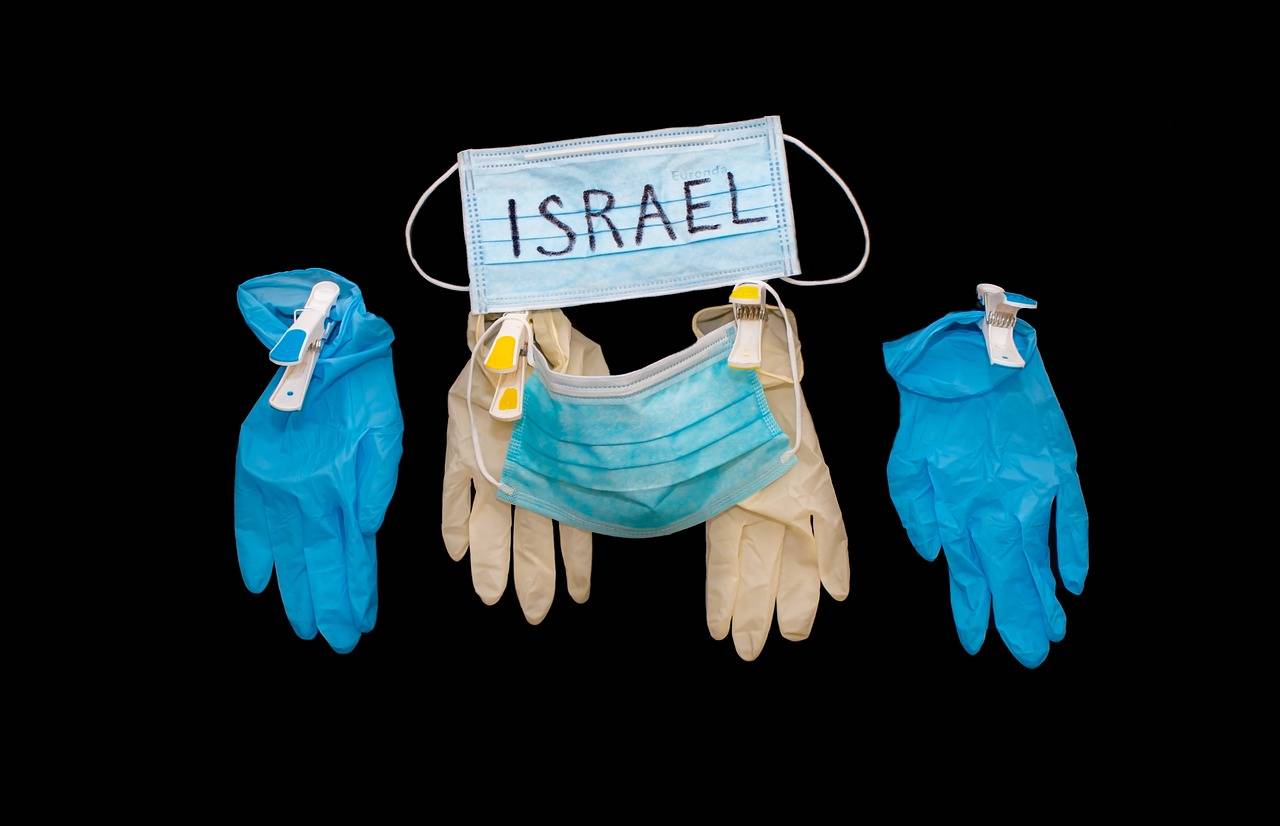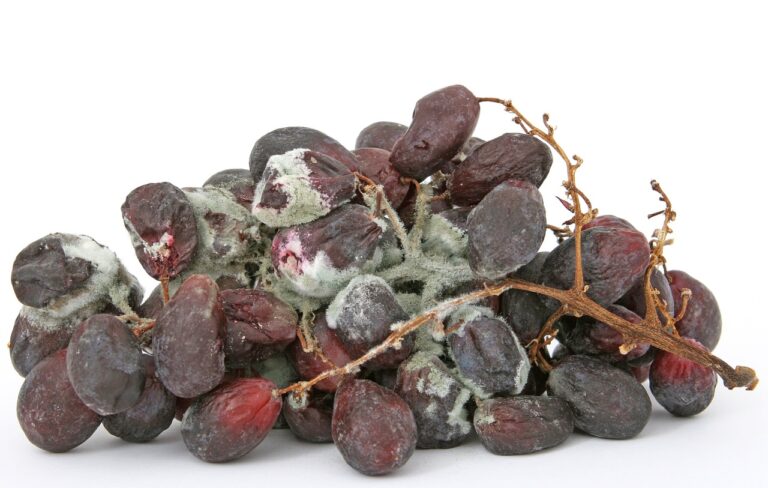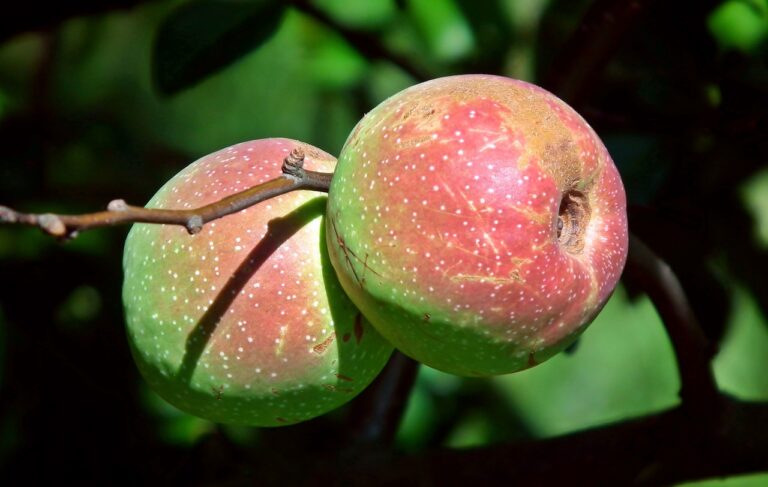The Role of Vitamin K in Blood Clotting
Blood clotting is a crucial process that helps the body to stop bleeding when a blood vessel is damaged. This intricate mechanism involves a sequence of events that transform liquid blood into a gel-like clot. The primary goal of blood clotting is to maintain the body’s hemostasis, a delicate balance between bleeding and clotting.
The process of blood clotting begins when a blood vessel is injured, triggering a series of biochemical reactions. Platelets in the blood then adhere to the site of injury, forming a plug to temporarily stop the bleeding. Simultaneously, several coagulation factors work together to reinforce the platelet plug and form a stable blood clot, ultimately sealing the damaged blood vessel.
Blood Clotting Process
Blood clotting is a complex process essential for our body’s ability to heal wounds and prevent excessive bleeding. It involves a series of intricate steps that work together seamlessly to form a blood clot. When a blood vessel is damaged, platelets rush to the site and release chemicals that make nearby platelets sticky, causing them to clump together and plug the injured area.
Meanwhile, proteins in the blood called clotting factors interact in a cascade effect, ultimately leading to the conversion of a protein called fibrinogen into fibrin. Fibrin creates a mesh-like structure that reinforces the platelet plug, forming a solid clot to staunch the bleeding. This delicate balance of platelet activation and clotting factor activation is crucial in maintaining hemostasis and preventing excessive blood loss in the body.





